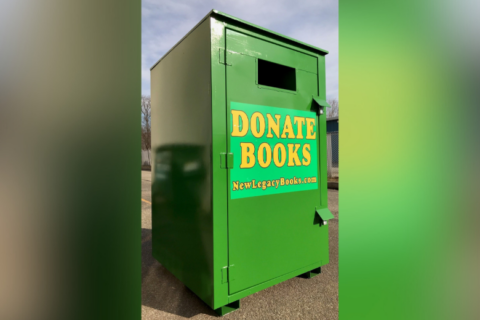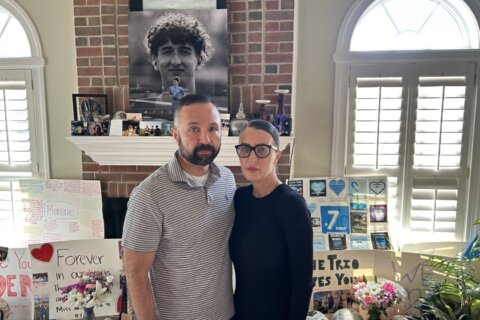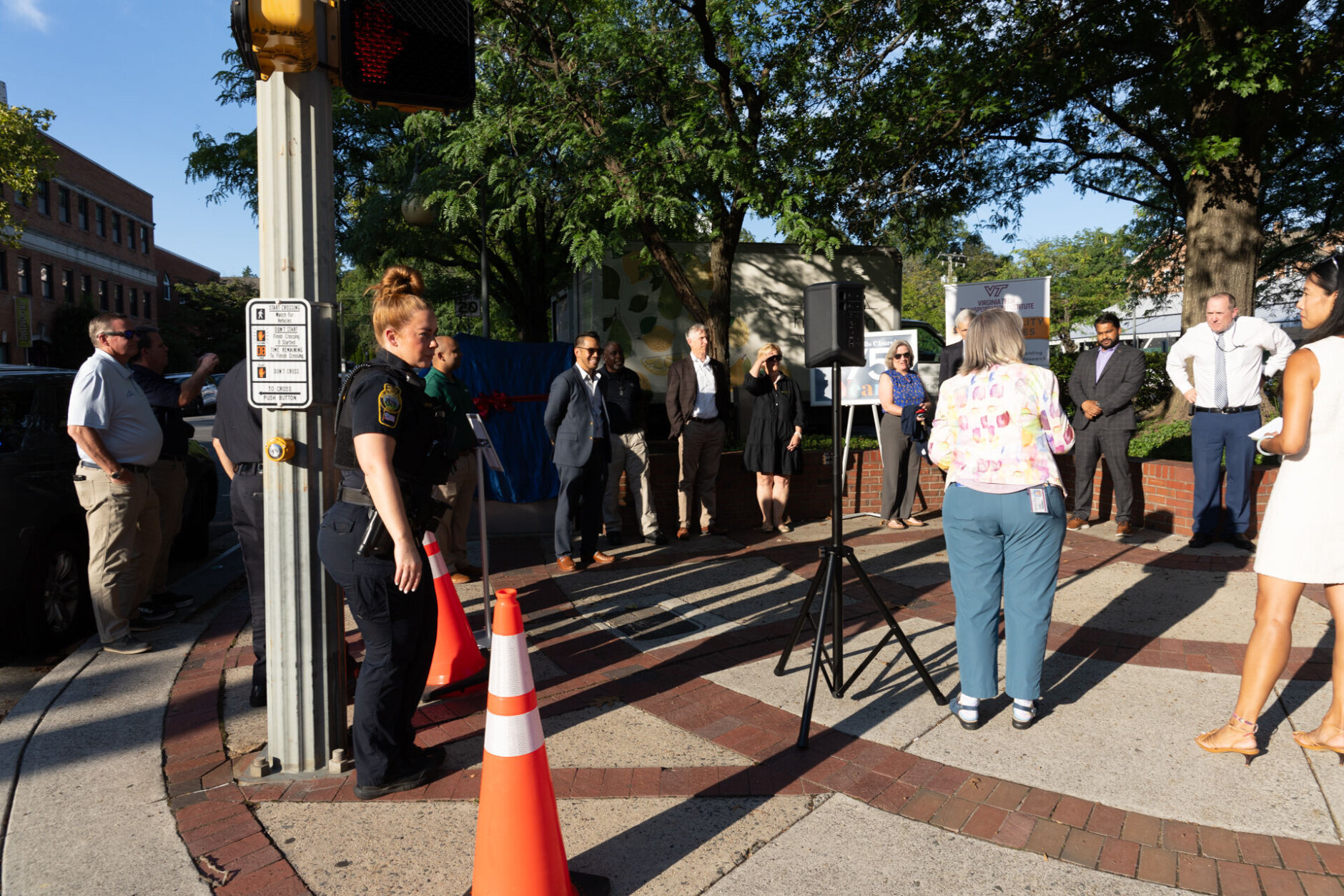
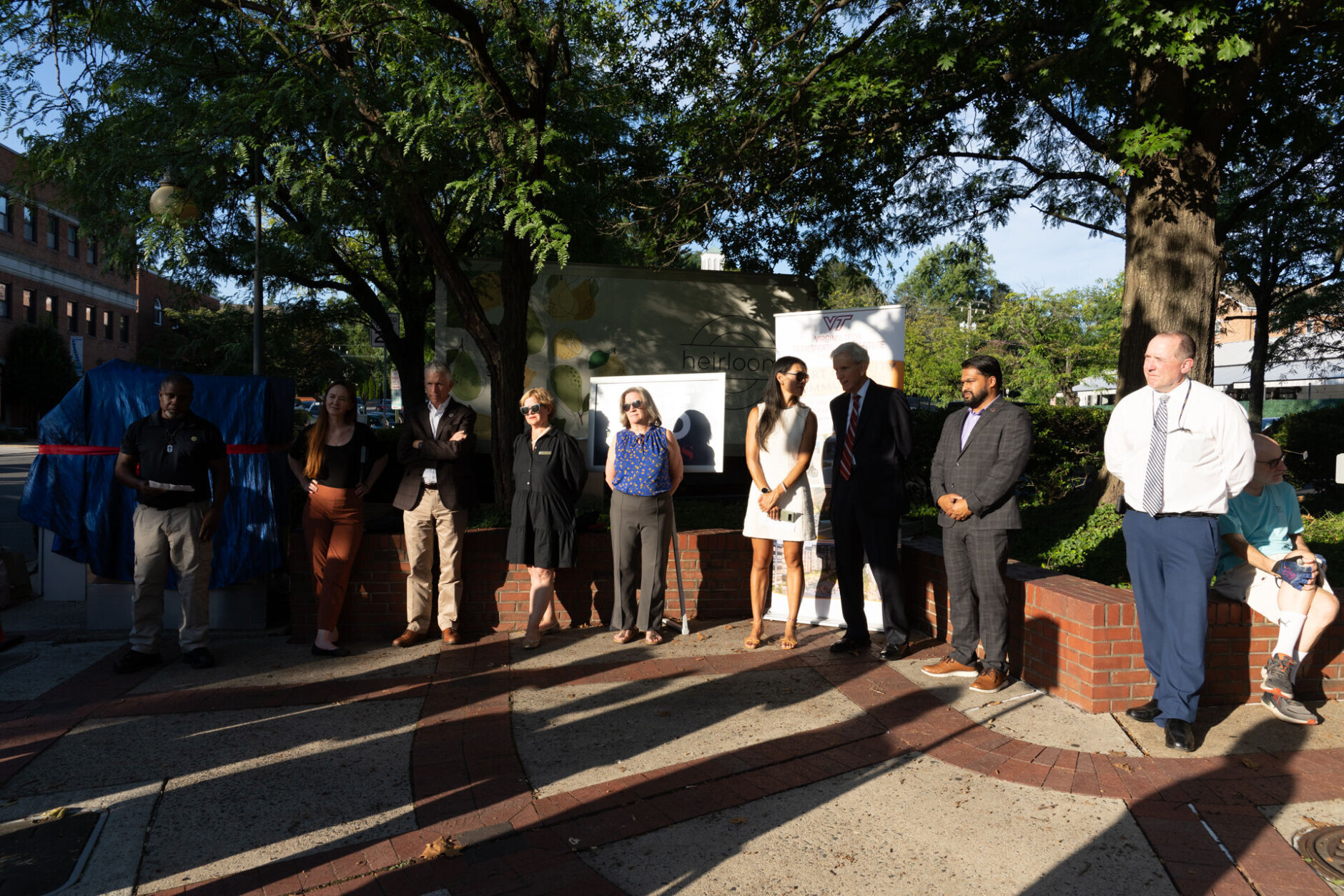
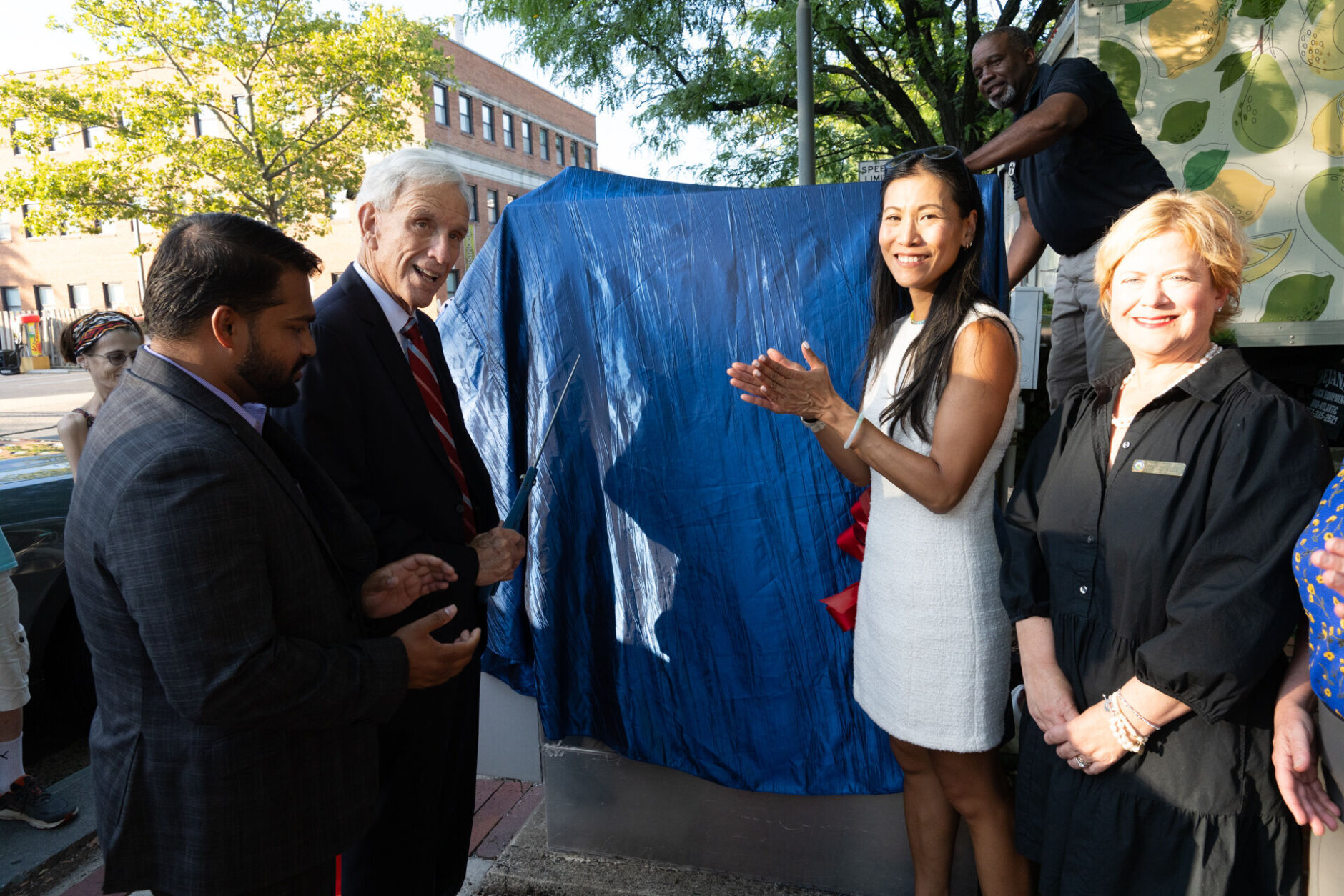
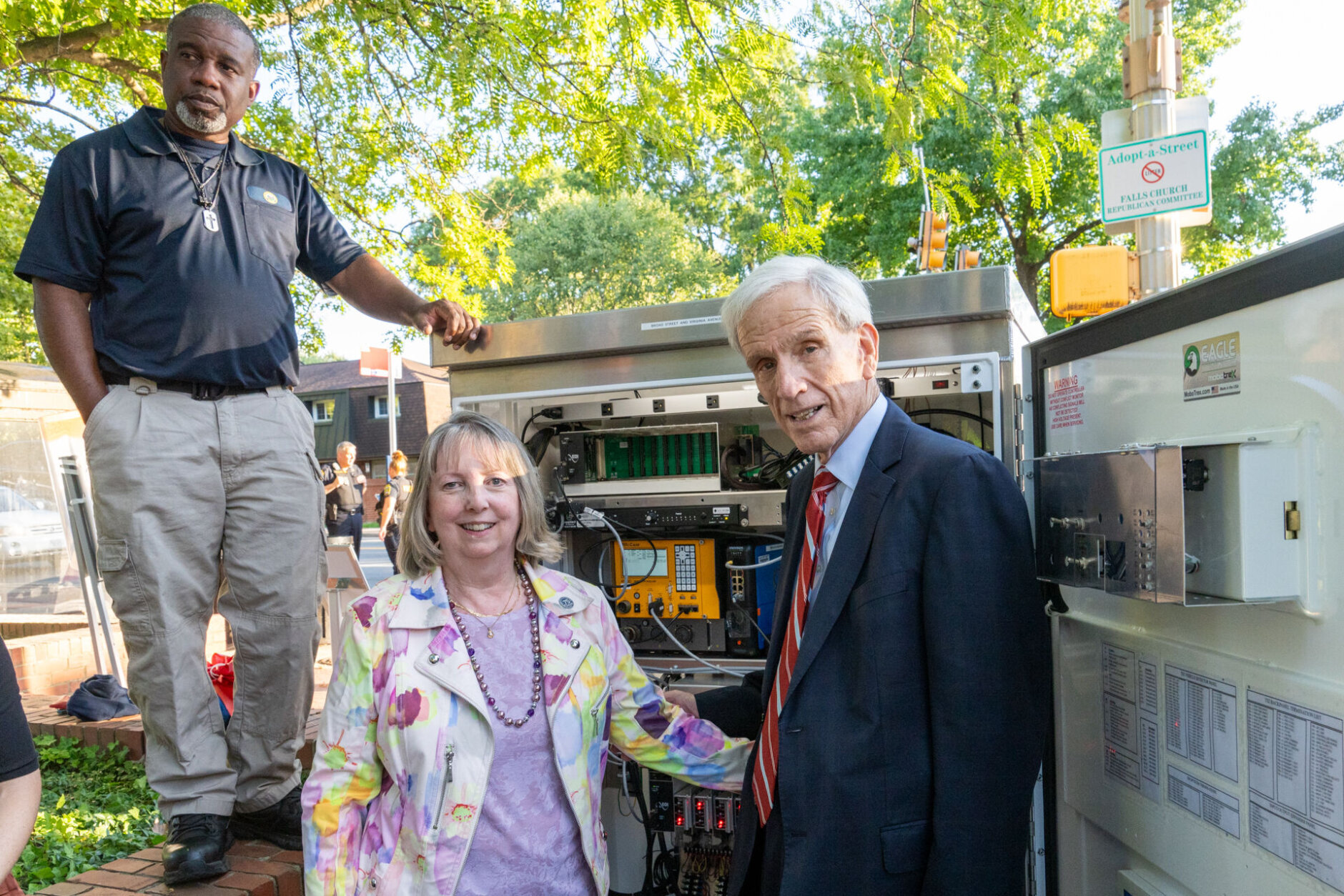
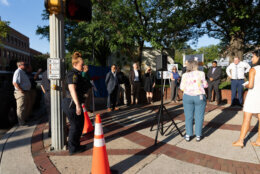
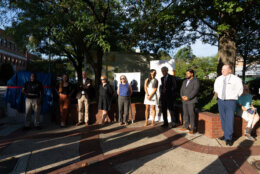

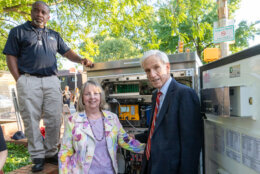
A new traffic control box has been installed at a Falls Church intersection, the first step of a yearslong initiative that aims to turn the Northern Virginia jurisdiction into a “smart city.”
The project, which the Virginia Tech Transportation Institute’s Division for Technology Implementation is leading, is being completed in three phases. The current phase, scheduled to end in the fall, includes upgraded technology. The third and final phase is scheduled to be finished in the fall of 2025.
Cindy Mester, the city’s community affairs and legislative liaison director, said the project is emphasizing safety for drivers and pedestrians. The $10 million effort is being paid for with a state grant.
“Initially, it’ll just be smoother, efficient movement and congestion mitigation,” Mester said. “Over the long term, we hope to see the greenhouse gas emissions, we hope to see more pedestrians and bikers and less single-occupancy vehicles.”
On Monday, the city unveiled a new traffic control box near the Broaddale Shopping Center, at the corner of West Broad and South Virginia streets. It’s the first of nine in the current phase, Mester said, and they’re planning to add 23 throughout the city.
The control boxes have a “secure connection network to talk to each other with real-time data exchange,” Mester said. That’ll enable lights to be synchronized and adjusted during peak travel times, such as rush hour, and changed in the event of a crash.
The boxes have preprogrammed schedules for the common flow of cars, bikes and pedestrians, but Mester said the system “picks up data in real time, like more cars or more pedestrians, then it shifts to give more priority, let’s say for the pedestrians, because there’s so many of them, to get them across the street safely.”
They’re also able to access them remotely, whereas the previous iterations had to be tweaked by someone in person.
“What they’ll see is all of the lights going. Let’s say down Broad Street from the west end of the city to Seven Corners will be synchronized, so they time green to green, red to red, and you keep flowing smoothly,” Mester said.
The project will also allow the city to use adaptive lighting, so the lights may be off, but “if there’s movement of people, they can be programmed to then bring back up the light and ensure safety for the walking public.” Mester said.
Smart cities use technology to collect data and change conditions based on it, Mester said.
More information is available online.
Get breaking news and daily headlines delivered to your email inbox by signing up here.
© 2024 WTOP. All Rights Reserved. This website is not intended for users located within the European Economic Area.


